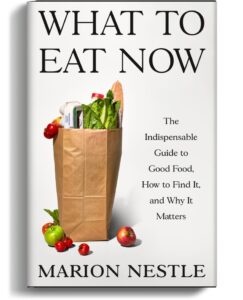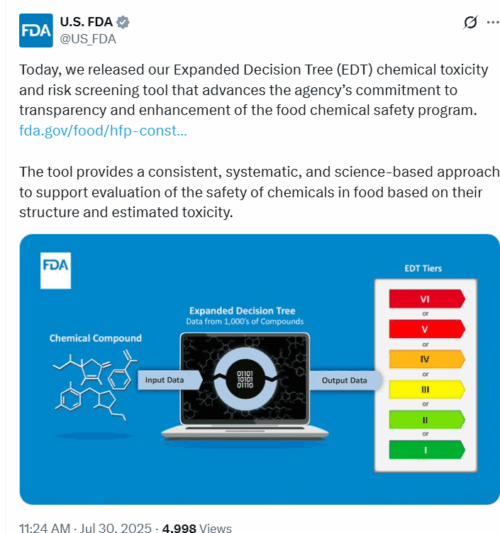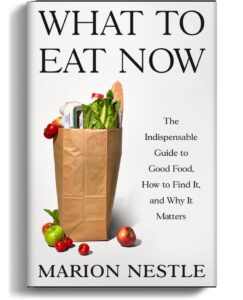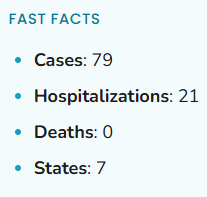Not good news: The FDA is conducting fewer foreign inspections
The FDA is cutting down its safety inspections of foreign food imports, even though nearly all seafood, about 60% of fresh fruit and about 40% of vegetables are imported, and we increasingly rely on food imports.
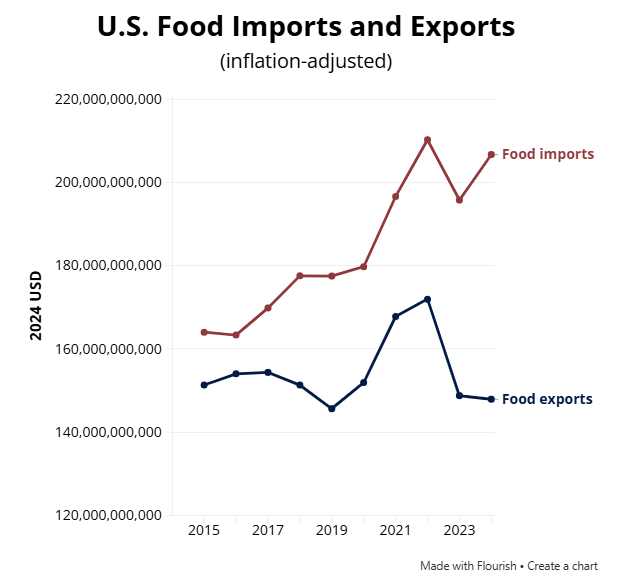
As ProPublica explains, Foreign Food Safety Inspections Hit Historic Low After Trump Cuts.
These crucial foreign inspections are neither easy nor cheap. They typically last longer than domestic ones and cost nearly $40,000 a visit, and they can require months of logistical planning, special visas and diplomatic approval from the host country…Then Congress passed the Food Safety Modernization Act of 2011, which set firm targets for the agency: It needed to conduct more than 19,000 foreign food inspections annually by 2016 and increase the number of food field staff to no fewer than 5,000 workers.
The FDA has never fulfilled this congressional mandate…ProPublica’s Annie Waldman and Brandon Roberts crunched the numbers and found that the U.S. is on track to have the fewest foreign food inspections since 2011 (excluding pandemic years).
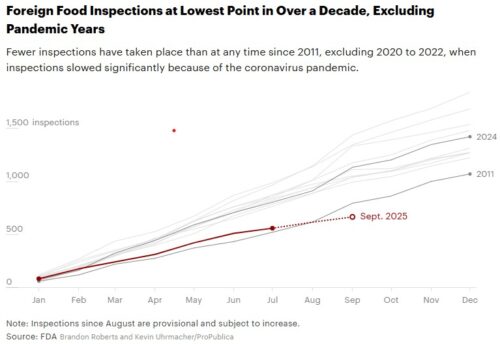
This does not bode well for food safety.
It’s not as if we don’t already have plenty of food safety problems.
To review the status of food safety regulation:
- We have plenty of laws requiring all food producers to follow rigorous procedures to greatly reduce the risk of pathogenic contaminants.
- But these laws work much, much better when they are enforced through inspection.
- It’s not that food producers want to make customers sick; it’s that it’s all too easy to cut corners on safety.
- No food producer wants to test for pathogens; if they find any, they have to recall products.
- The system only works with firm oversight.
Fewer inspections gives producers license to be sloppier.
Not a good idea.

